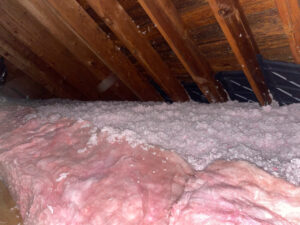We’re big fans
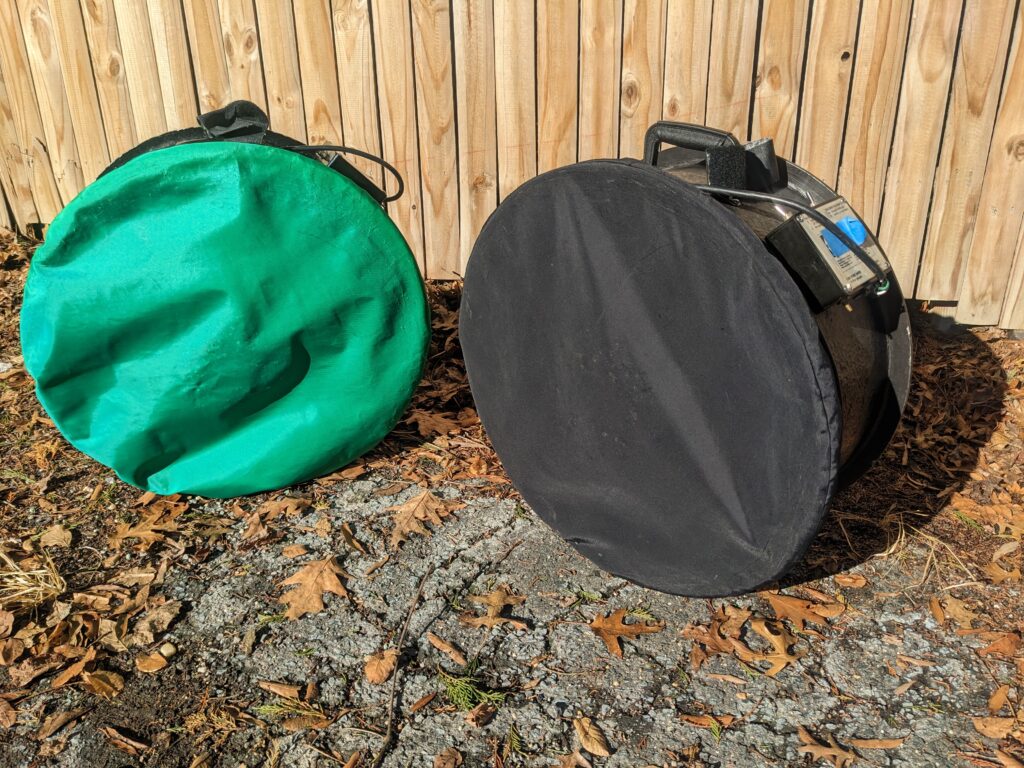
Energy auditors use a lot of interesting equipment to inspect your home, from something as common as a ladder to something as complicated as a manometer. In this blog series, we’ll cover a new tool each month and break down how we use it and what it can tell us about your home’s energy efficiency.
For our first post, we’re learning about the biggest piece of equipment we bring into your home (besides a ladder). Ever wondered how we measure how drafty your house really is? Meet Fen and Fin, the blower door fans.
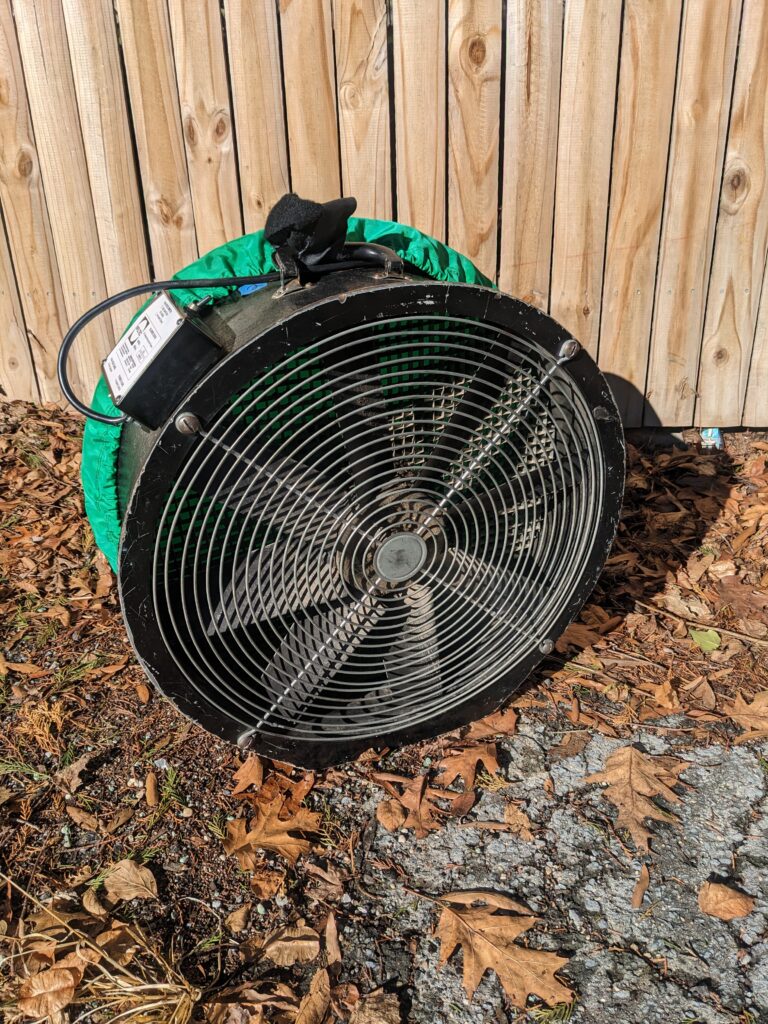
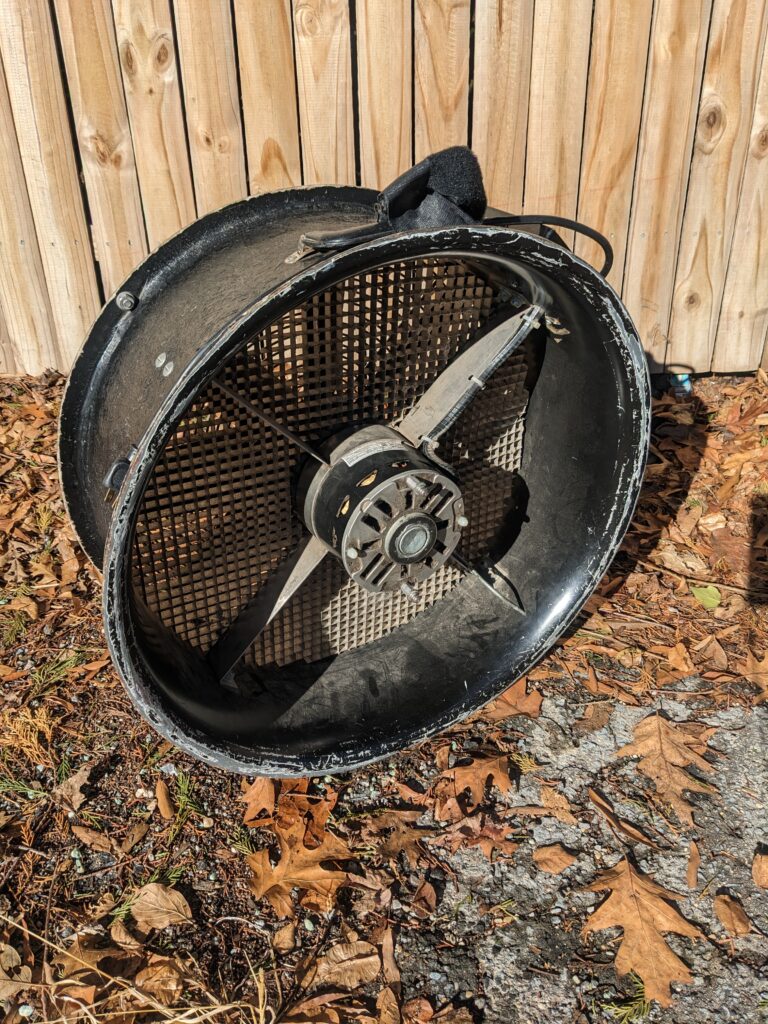
Fen is the heavier of the two fans, weighing in at a hefty 36.2 pounds. Fen was named for his green cover, which reminded his nomenclator of ferns, hence Fen.

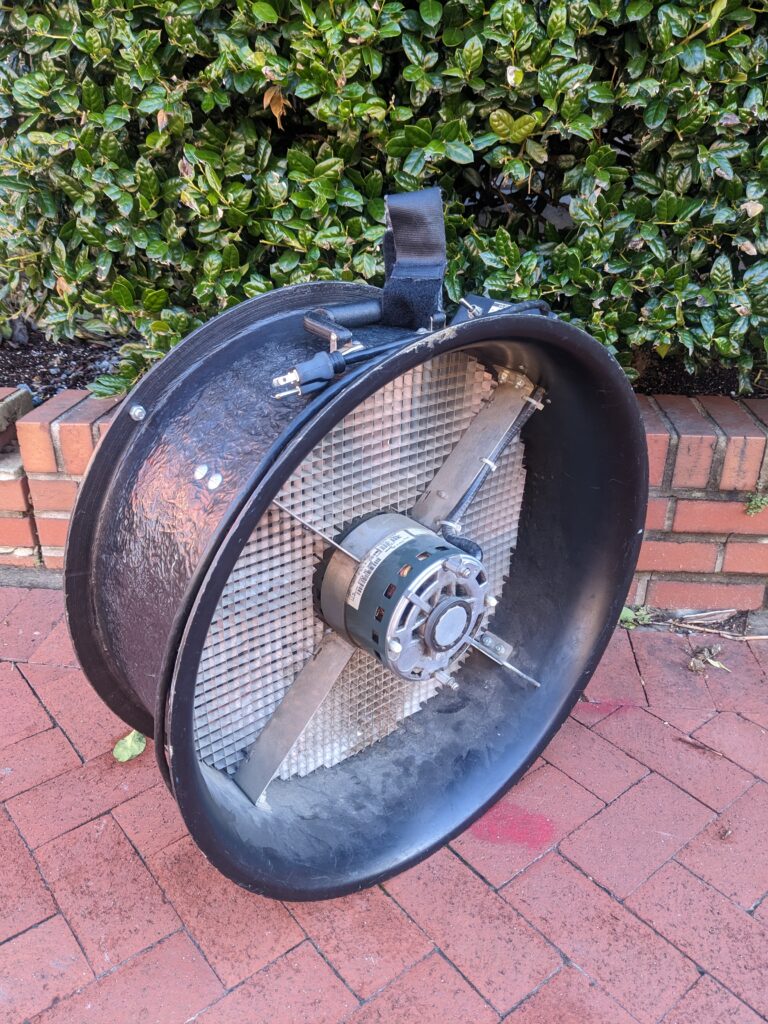
Fin, the lighter of the two fans, weighs a notable 31.1 pounds. Unlike Fen, Fin does not have a story behind their name, it just fit.
The moment we enter your home our support auditor begins setting up for one of the most important energy efficiency measurements: the blower door test. This structure covers your front door and is the access point for airflow. Unfortunately, this means your front door will be inaccessible until the test is over (approximately 20 min), but the blower door test is the best gauge for assessing how tight or leaky your home is.
Note: Make sure to notify the auditors if you still need to use the front door for any reason during the blower door test at the beginning of the audit.
So what do blower door fans do?
Blower door fans pull the air from inside your home and push it to the exterior, effectively depressurizing your home. The higher pressure air outside your home forces its way into the lower pressure area in an attempt to equalize. While the fan is running, you can feel how air moves throughout your home allowing small leaks and drafts to make themselves known. You may notice certain doors opening due to the amount of air coming from the room beyond – in one house there was so much air coming from a closet we couldn’t keep the door closed! It’s important that all fireplaces are cleared of ash and the dampers are closed before the blower door is run, as leaky chimneys can cause ash to be drawn into the house and onto your furniture. Other common entry points are windows, doors, HVAC vents, recessed lights, light switches, and outlets. While the blower door fan is running, auditors go around and check these areas with incense sticks and/or an infrared camera.
Blower door fans are built to measure almost any house in almost any conditions. If you feel your front door is a major source of air leakage, we can set up the test on most exterior doors. The door must open to the exterior, no bigger than 8.6 feet, with a rectangular door frame – sliding doors are not an option. Both fans can also move air in either direction, either out of the house (depressurizing the house) or into the house (pressurizing the house). While in most cases we prefer to depressurize the house, we will occasionally pressurize a house to get a reading. This is in cases where the home has mold or insulation with asbestos – pushing air out of the house runs the risk of spreading mold spores or asbestos. We highly recommend not running the blower door in either of these cases – even with the option of pressurizing the house which minimizes the risk, it does not eliminate it. In the rare case there is not enough airflow for the manometer to provide a blower door number, we use a restrictor cover plate. The cover plate partially blocks the indoor side of the fan and increases the pressure. As you can see, the blower door fan is built to account for every variable.
There are many tools in an energy auditor’s arsenal, and the blower door test is one of the most informative. In a matter of minutes, Fen and Fin reveal all the cracks in a home while providing one of the best data points for your home’s energy efficiency. With all that in mind, it’s no wonder that blower door tests are an industry standard for fixing older houses and building new ones, and will continue to be utilized for years to come.
Ready to see Fen or Fin in action? Schedule a home energy audit today!
How can we help?
At Energy Efficiency Experts we inspect the structural integrity of your home and look for possible cracks and holes in what we call the “conditioned envelope”, or the shell of your home which contains all your conditioned air. With the blower door test we can assess your home’s overall leakiness and look for ways to improve your home’s energy efficiency. We service homes from Washington DC to Silver Spring and beyond. If you live in the Washington DC/Maryland/Virginia (DMV) area and have concerns about drafts, schedule a home energy audit at https://energyefficiencyexperts.com/contact/ or call our office at 202-557-9200.
Curious about what other services we provide? Check out the full list of auditing services and see what our in-house crew can do for you!

